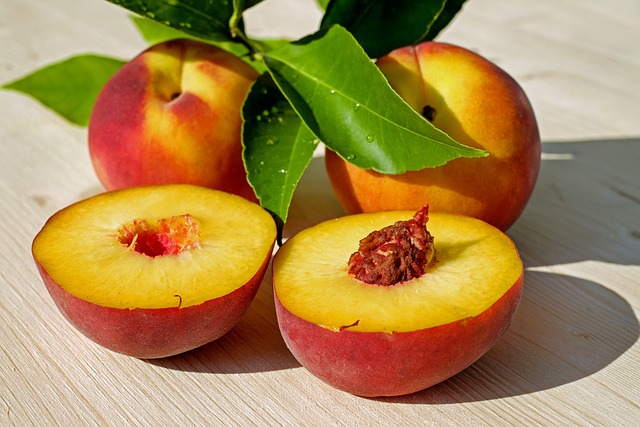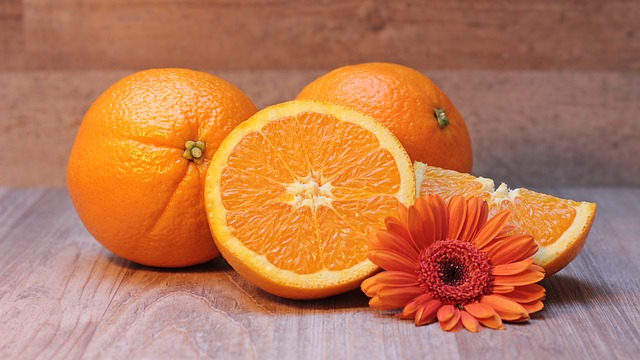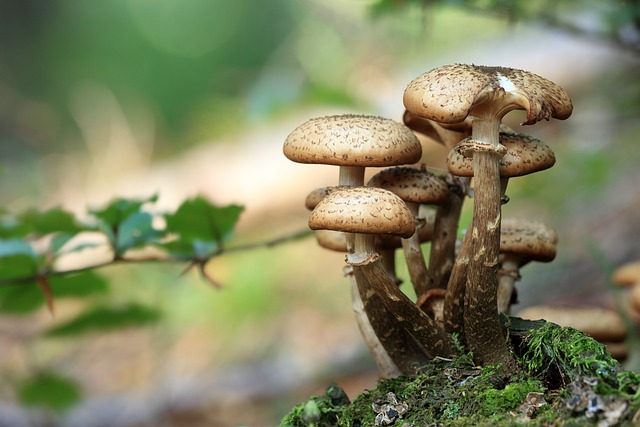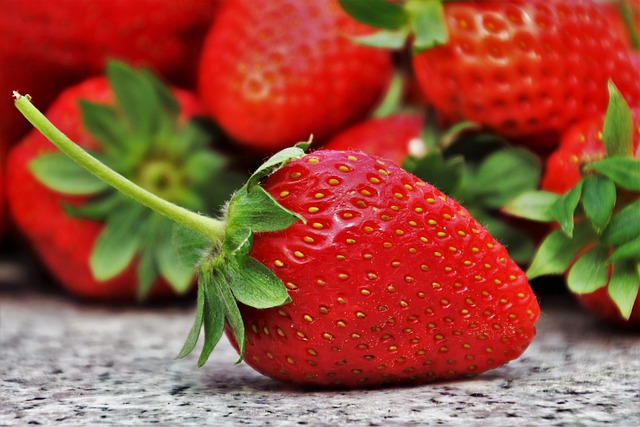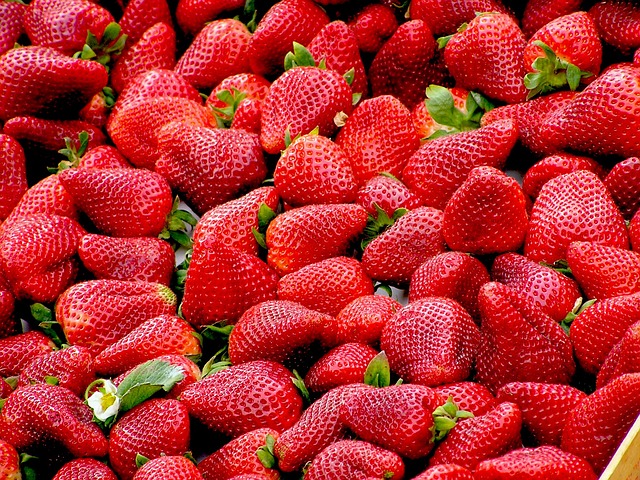From Farm to Fermentation: The Journey of Cultivating Probiotic-Rich Foods
Probiotics have gained significant popularity in recent years due to their numerous health benefits. These live bacteria and yeasts are known to promote a healthy gut microbiome, enhance digestion, strengthen the immune system, and even improve mental health. While probiotics can be found in supplement form, many nutritionists recommend obtaining these beneficial microorganisms from natural food sources.
The journey of cultivating probiotic-rich foods begins on the farm. Just like any other crop or livestock, the quality of the source plays a pivotal role in the final product. Farmers who prioritize organic and sustainable practices provide a solid foundation for the creation of probiotic-rich foods.
One of the key sources of probiotics is fermented vegetables. Cabbage, cucumbers, carrots, and other vegetables undergo a lacto-fermentation process that transforms them into a rich source of beneficial bacteria. The process typically involves salt, water, and the natural sugars present in the vegetables. As the vegetables are left to ferment at room temperature, lactic acid bacteria multiply, creating an environment that inhibits the growth of harmful bacteria.
These vegetables undergo a significant transformation from their fresh state to becoming probiotic powerhouses. The fermentation process breaks down the complex carbohydrates present in the vegetables, making their nutrients more accessible to our bodies. In addition, the process increases the bioavailability of vitamins, minerals, and antioxidants, making them easier to absorb.
Kefir, a fermented milk drink, is also a popular choice for obtaining probiotics. It is made by adding kefir grains, consisting of a symbiotic culture of yeast and bacteria, to milk. The grains initiate the fermentation process, converting lactose into lactic acid, making kefir suitable for lactose-intolerant individuals. The result is a tangy, fizzy beverage packed with probiotics.
The journey of cultivating kefir begins with sourcing high-quality milk. Whether it’s cow, goat, or sheep milk, it’s crucial that the animals are raised in healthy and sustainable environments, free from antibiotics and hormones. The milk is then combined with the kefir grains and left to ferment for a period of 24 to 48 hours, depending on the desired flavor and texture.
For those who prefer a non-dairy option, kombucha serves as an excellent alternative. Kombucha is a fermented tea that is made by combining sweetened black or green tea with a symbiotic culture of bacteria and yeast known as a SCOBY. The SCOBY feeds on the sugar present in the tea, converting it into organic acids, enzymes, and probiotic bacteria.
The cultivation of kombucha involves brewing tea, adding a SCOBY, and allowing fermentation to take place over a period of 7 to 14 days. Once fermented, the resulting beverage contains a rich array of beneficial bacteria and yeasts. Kombucha can be flavored with fruits, herbs, or spices, offering a variety of unique taste experiences.
Yogurt, a staple in many households, is another excellent source of probiotics. It is made by fermenting milk with specific strains of bacteria, including Lactobacillus bulgaricus and Streptococcus thermophilus. These bacteria convert lactose into lactic acid, giving yogurt its characteristic tangy flavor.
During the yogurt-making process, milk is heated to a specific temperature to kill any undesirable bacteria, then cooled before adding the starter culture. The mixture is left to ferment for several hours until it reaches the desired consistency and flavor. The result is a delicious and nutritious dairy product packed with probiotics.
Finally, artisanal sourdough bread can also be a surprising source of probiotics. Unlike commercial bread, which often relies on commercial yeast for rising, sourdough is created through a natural fermentation process. It involves the combination of flour and water, allowing wild yeast and lactobacilli present in the environment to initiate fermentation.
As the dough ferments, lactic acid bacteria multiply and produce lactic acid, which gives sourdough its distinct tangy flavor. The extended fermentation time associated with sourdough bread production enables bacteria to break down gluten and other complex proteins, making it easier to digest for individuals with gluten sensitivities.
In conclusion, the journey of cultivating probiotic-rich foods begins on the farm and culminates in the fermentation process. Whether it’s through lacto-fermented vegetables, kefir, kombucha, yogurt, or sourdough bread, these natural sources offer an array of delicious and nutritious options for obtaining beneficial bacteria. So next time you’re looking to boost your gut health, why not embark on the journey of cultivating your own probiotic-rich foods?


